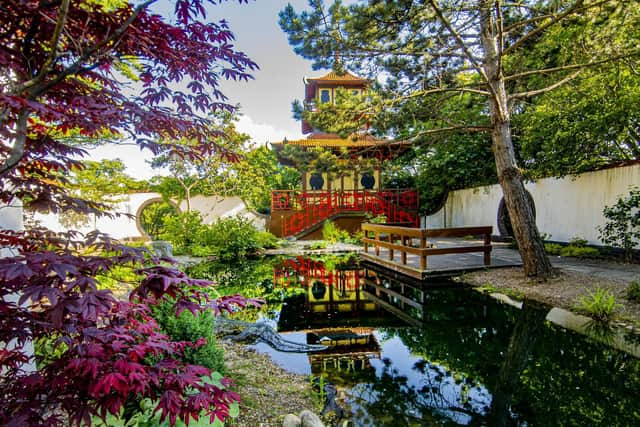Peasholm Park: The history of the park offering a flavour of Japan in the heart of Scarborough
But Peasholm Park has been a centre for both sanctuary and community fun in the 110 years since it first opened.
The friends group, which supports the borough’s council in caring for the park, sets out on its website a potted history of the site’s development, from the decision to create a park in 1911.


Advertisement
Hide AdAdvertisement
Hide AdExotic plants for the park were brought from the French Riviera and Japanese statues from Killerby Hall, ahead of Peasholm’s grand opening in June 1912.
Within a decade of its opening, it became the main Sacrborough destination for community events such as fetes and galas.
Over the coming years, the park was further developed. The naval warfare attraction was added in the late 1920s and the ‘Battle of Peasholm’, which sees war break out on the park’s lake, has been a popular sight for visitors over the years.
The pagoda was also added as well as a cascade on the lake island and more oriental statues.
Advertisement
Hide AdAdvertisement
Hide AdBut after a boom period for the park, which attracted visitors from all over the country in the 1950s, a downturn followed.
“Possibly the lowest point for Peasholm was in October 1999 when the pagoda was burned down by vandals. The town was horrified, but there was no money to rebuild, and so the island was closed to the public.”
The pagoda standing today, pictured here, was rebuilt in its original form, thanks to grant funding from the Heritage Lottery.
